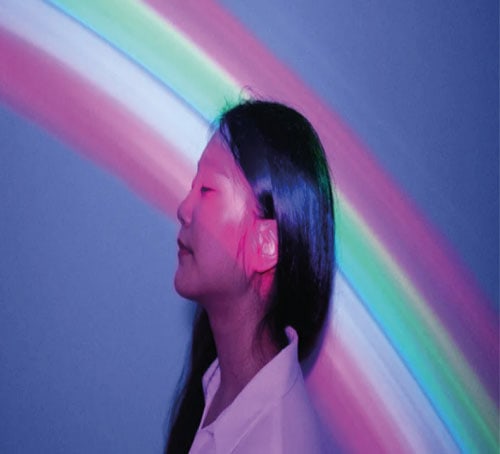The latest research into creativity compares the brain function of exceptionally creative visual artists and scientists with a highly educated group. Scientists used functional magnetic resonance imaging (fMRI) to scan participants’ brains while they performed tasks that tested creative thinking.
The researchers found that the brains of exceptionally creative people worked differently and had a unique brain connectivity pattern compared to the control group.
Research into creative brains is not new, but it also is not a field that has a lot of research, especially where exceptionally creative people are concerned.
Researchers at the University of California, Los Angeles (UCLA) wanted to look more into how the brains of extremely creative people function. Rather than making the comparison to the average person’s brain, they wanted to compare that functioning to non-creative people with comparable IQs. The study was published in Psychology of Aesthetics, Creativity, and the Arts. The researchers compiled two groups of participants for the study. The first group consisted of exceptionally creative artists and scientists who were nominated by experts.
The people in this group, which was labeled “Big C,” included only people who scored in the top 2% of the Creative Achievement Questionnaire (CAQ). According to the American Psychological Association, the CAQ “assesses achievement across 10 domains of creativity.” These domains are visual arts, music, creative writing, dance, drama, architecture, humor, scientific discovery, invention, and culinary arts.
The other group consisted of people who were not exceptionally creative but were still highly intelligent. The researchers labeled this group the “smart comparison group” (SCG).
The SCG participants were previously involved in another study at UCLA and were matched with people in the Big C group. The two groups were matched on age, sex, race, and estimated IQ.
The researchers used fMRI testing on both groups while they were at rest and while they were engaged in tasks. They studied brain activity in different regions of the brain.
The study results showed that while the Big C group participants were engaged in tasks, their brains tended to make more random connections on the global scale compared to the SCG participants.










